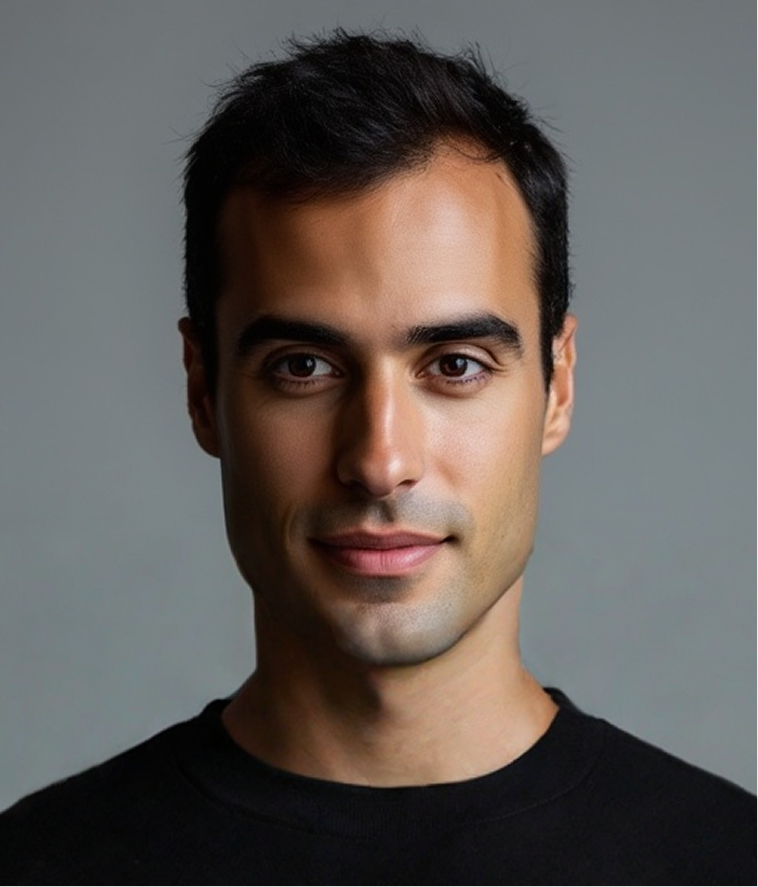
.webp)
Today’s organizations face unprecedented complexity, requiring systems designed for clarity and adaptability in the Information Age.
We help leaders navigate this complexity, preserving clarity of purpose and the agility necessary to translate vision into meaningful impact.
Sovereign Strategies
Explore our latest articles on leadership, innovation, and cultivating sovereignty.
Get in Touch
Subscribe
Subscribe to our Substack to receive the latest announcements, and thought leadership on creative Sovereignty.
Consultation
Are you interested in what the Sovereignty Foundation can do for your organization? Let us know about your governance priorities and we'll be in touch.
.svg)





